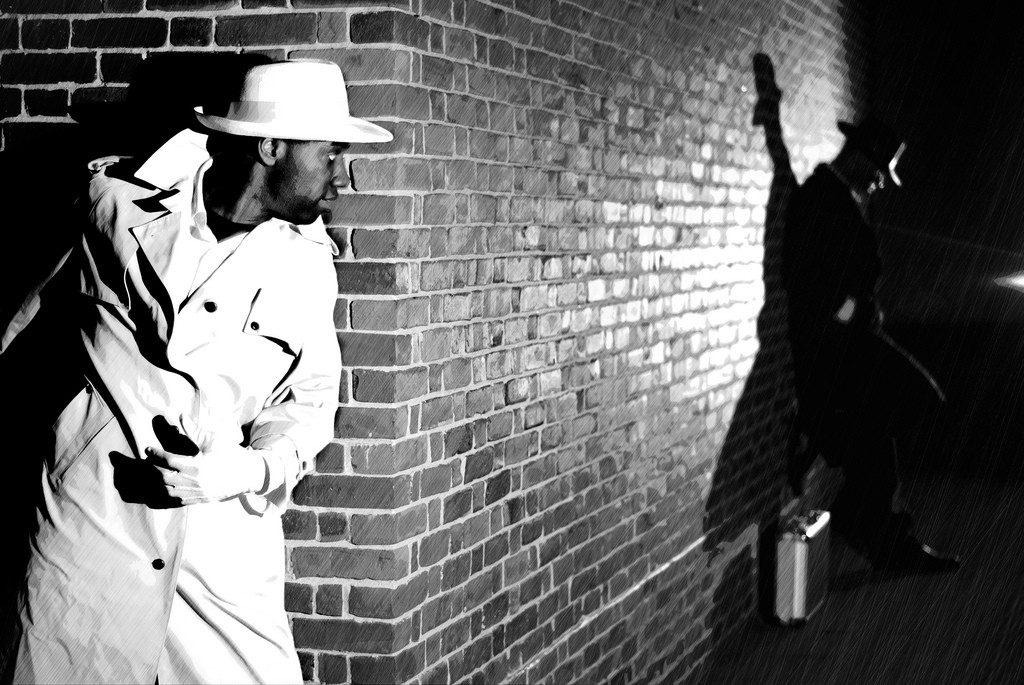
Change Agents Must Master Counterintelligence Tactics — Part 2 of 6
NOTE: This is Part 2 of a planned 6-Part series. Link to Part 1.
Why do most change efforts of any substance within organizations fail? Why is failure so pervasive that most people are confident that they need only wait out the flurry of frenzied activity, often for no longer than the run-up to the next period financial report when everyone will be told to “drop everything else and make sure we get this nailed?”
Answer: Most “change agents” are completely and ignorantly unfamiliar with the “agents of change.” Everyone in a change environment is an agent of change. They are either working to promote change or they are working to obstruct it, consciously or not. The role of the change agent is to identify these agents of change, discover their intelligence, and leverage it to promote change. This is much like the work of a secret agent or government operative. Much like the superspy, the best change agent extracts and employs intel while blending into the landscape, escaping attention and suspicion.
So, who are these agents of change? We’ll find that out over the first five posts in this six-post series. In the final post, we’ll wrap it all together to offer some execution guidance. Last time, we discovered Agent 1 (click here for details). Let’s get right to discussion of the next agent, Agent 2 (A2) — The Pro-Change or Hyper-Change Agent.
Unlike Agent 1, A2 loves change and will seek it at any cost. A2 is an early adopter and is often the first to own whatever the latest whatever is, whether technology, fashion, books, recreation activities, … A2 finds the silver lining in almost any strategy and is virtually self-convincing, often discovering and expressing benefits that have escaped the notice even of the strongest change disciple. A2 is motivated by the mental gymnastics of figuring out “how this can work” and “what this will do for us.”
That primary motivation may play out against the backdrop of some foundational drivers for A2: hyper-ambition for career advancement, deeply personal factors like family or cultural legacy for high achievement (or establishment of it), or a deep-set desire to be a key factor in promoting success for particular stakeholders. Whatever the case, A2 can be easily detected by their consistent and passionate promotion of change often without (or with scant and qualitative) facts and data to support their excitement. A2 obeys gut feel, a deep-rooted paradigm that even partial achievement of a gargantuan idea is profitable, and an unusually high tolerance for risk based on a belief (an often overconfident and not terribly realistic one) that smart people can develop improvisations around problems on the fly. A2 is the MacGyver-wannabe of the world of change.
The biggest mistake made by Change Agents when dealing with A2? Putting them in charge of major change efforts and/or not setting boundaries for their communication and interaction with stakeholders. A2 has a natural skill-set that can be key to successful change. They are often energetic, charismatic, energizers. They often have very good interpersonal, collaboration, and teaming skills. HOWEVER … They often have limited attention spans and are not typically detail oriented. So, how does a change agent leverage A2?
As early in the intervention as possible, preferably during the define stage of change, prep them to for a role as internal spokesperson or commentator of change; a “spokesagent.” Make sure to give them a script, but leave some limited wriggle room. Stay connected to maintain a strong feeling for what their improvisations will be. They will normally be based on some of the benefits they bring out that hadn’t been on the table before. They feel ownership for these and will want to get them out, with or without attribution. Make sure that any of their lateral thinking that is off-limits is clearly defined and outlined as such and have zero tolerance for limit violations. Restriction of their anchor role is an effective deterrent to boundary jumping.
In addition, if they have a formal leadership role in the organization, give them coaching responsibilities for core teams or sub-teams. Position them to provide positive energy to these teams to help get them through tough times that are inevitable in any worthy change effort. They will naturally remind the teams of what the objective(s) is(are) and be much more consistent about that then even the change agent will. They also are very contextual, so they tend to mold their message situationally which makes them effective cheerleaders when specific challenges arise.
Guard against employing A2 as a primary messenger to senior management. Their lack of attention to detail may be a liability in that environment if they are unable to address what an executive might consider basic negative probabilities. Also, be very careful to avoid engaging A2 beyond the point where they begin to lose interest in the change. They may be great participants in vision-setting, but tend to get bored when a lot of blocking and tackling begins to take place. Be careful to keep them far enough away from the front lines for their perspective to remain roused.
Once you get heavily into design and implementation phases, there are more passionate and energetic “spokesagents” than A2. A2 is like a surfer, always looking form the next wave, and always hoping that it will be bigger, more thrilling and dangerous than the last. Be careful to use organization structure, geography, etc limit the frequency and amplitude of waves A2 is exposed to.
Next time, Agent 3.







